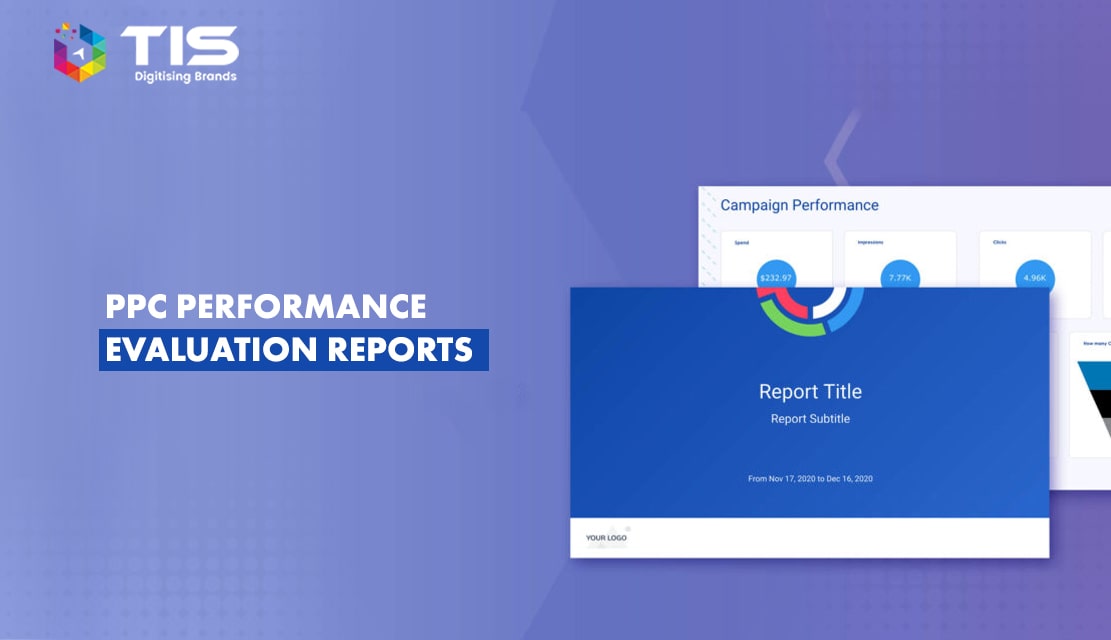
While online business, creating a big enough ripple in the steady waves of internet users, people are getting aware of the terms online marketing, online advertisement, PPC(Pay-per-click), ROAS(Return on advertisement spending), etc.
When a business plan is a base and a website is a structure, a proper marketing policy is a glue to make the business run and earn good revenue, and advertisements for any business automatically tag along with the entire package. It’s simple. More the exposure of the business, the more the traffic gain and the greater the possibility of conversion rate, thus a higher profit.
Let’s skirt through the surface of the whole PPC 101 theory and have a quick look to understand what PPC is. In simple words, PPC is an internet marketing model, where the advertisers pay for clicking on their Ads to the publishers. It is a way to buy the traffic instead of bothering to earn it organically.
Advertisers bid for keywords as well as space. One must choose relevant and high-quality keywords to catch the targeted market. The keywords should match with the search done by the users for the products or services you are offering, and with the contents of the websites, they will visit through the Ads.
It’s a potent manner to exhibit your business to promising clients at the same time they are looking for what you are selling.
Check out some reports to make PPC’s marketing strategy more simplified.
Keywords are what can control when the Ads will appear on the publisher’s page. So keeping an eye on what is the performance of the keywords you are bidding for will give you a clear perspective on your business. Sign into your account and hit on the keywords tab and a statistic will appear presenting each row for one keyword. The data can be sorted through columns by clicking on the column header. In this report, the columns that will be helpful to deduce the performance of the keywords are mentioned below.
So by judging the efficiency of the keywords you can decrease or increase the bid rate to get the best outcome within your budget. Generally, keywords that are generating CTR value lower than 1% can be removed or refined, and/or a more targeted keyword could be added.
Monitoring how your Ads are doing is another way of ensuring the performance of your campaign. In case you are using Adwords, log in to your account and click on the campaign tab followed by the Ads tab to get a look at the scenario at that time. The columns, which need to be watched are listed below.
To check on this report you need to move to the dimension tab after logging into your account interface and clicking on the campaign tab. This report actually shows any changes in conversions, clicks, costs, and converted clicks taking place among two adjacent time periods. Suppose you have chosen a 7-day view report and given Jan 14 as a comparison ending date, then two respective time spans will be Jan 1-7 and Jan 8-14, particularly in this order.
Analyzing the data you can easily point out which campaign or ad group is more profitable, which one causes any cost-effective changes, why your account metrics take a leap, etc. If the questionable account got less than 100 clicks in the past 7 days, then this report will not be shown. Each day’s report will be produced the next day at 6 pm pacific time.
Find this report using the steps – Campaign tab > Keywords tab >Details > All.
This report exhibits what customers search for in the search network when your Ads show up and how it performs. Scanning through the presented data you can come across different types of search terms that could be relevant to your campaign and which you may haven’t thought of till then.
Adding these high potential terms to your keyword list can soar up the performance of your campaign. Similarly, you can add those negative words to avoid customers who are not interested in your services or products. Some key points to remember-
The easiest way to get an overall view of your advertisement campaign is the campaign performance report under the campaign tab. For a new advertiser, it’s a basic and spartan way to monitor performance through clicks, impressions, and CTR columns. Its customize view helps to determine if you are achieving your targeted expectation through your campaign or not.
These five reports are not the end of it, though it is highly useful to achieve your goal and a reasonable enough ROI from your business. With a proper insight into PPC marketing and advertisement campaigns, you can dig out the most from your investment.
If you show these PPC reports to your clients, it will not only help you to make your relationship with them stronger but will also help you to prove and justify your data without taking much of your time and effort.
PPC reports are very essential for the growth of any online business. You can use this guide for your PPC reports and get references from it as you start working on these reports.
Always remember that there is no particular formula for a perfect PPC report. So focus on what works best for you and take advice from the tips and tricks mentioned in this guide.